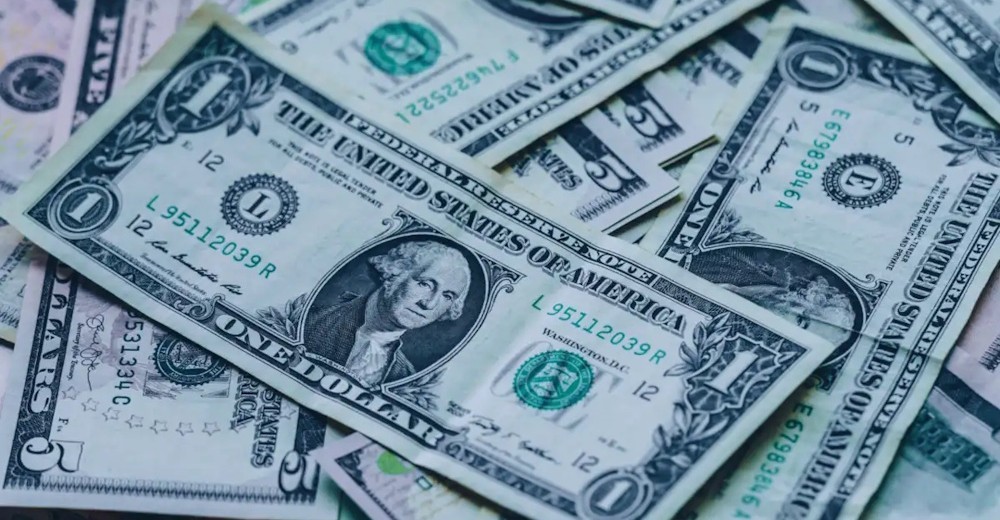
The U.S. dollar on Friday was poised for its most significant weekly decline since July, as rising concerns over trade tensions and indications of increasing risk within regional American banks prompted investors to seek refuge in safe-haven currencies such as the Swiss franc and the yen. Indicators of fragility were becoming apparent in the U.S. economy, and the federal government shutdown has hindered the dissemination of crucial macroeconomic data, leading to increased uncertainty among investors regarding the current economic landscape. The Swiss franc reached its highest point in a month, while the yen experienced a rally, partly due to Bank of Japan Governor Kazuo Ueda’s remarks on potential factors that may prompt a rate hike this month. Growing worries regarding trade, the independence of the Federal Reserve, and the potential U.S. shutdown are rendering the dollar susceptible to the “debasement” trade, in which investors pursue assets that are less likely to be devalued, according to Dilin Wu. “It’s quite challenging to identify a bullish scenario for the dollar index,” stated Wu. “Rather than relying on a single sovereign credit for currency investment, individuals are increasingly turning to gold, cryptocurrency, and various other assets as a means of risk mitigation.”
The Swiss franc emerged as a leading performer among major currencies, while the dollar experienced a decline of 0.4%, settling at 0.7898. The dollar index, which monitors the U.S. currency relative to six of its counterparts, is poised for a 0.7% decline this week—marking the most significant drop since late July. The dollar experienced a decline of 0.39% against the yen, settling at 149.825, marking its first trade below the 150 threshold since October 6. BOJ Governor Ueda stated in Washington on Thursday that the central bank is prepared to raise its key policy rate should the probability of its growth and price forecasts coming to fruition rise. The yen has faced downward pressure following the election of fiscal dove Sanae Takaichi as the leader of Japan’s ruling Liberal Democratic Party earlier this month. However, the decision to appoint her as prime minister was postponed due to a division with the LDP’s coalition partner.
“Rising U.S.-China trade-war worries and concerns over U.S. regional banks serve as reminders for the market that it’s not as rosy as investors have been led to believe,” stated Fiona Cincotta. “There is certainly a preference for safe-haven assets in trading … in the equities market, S&P 500 futures are down 1.4%, while gold is hovering around record highs and the Swiss franc is outperforming. Everything about this is indicating a risk-off sentiment and a demand for safe-haven assets,” she stated. The euro experienced a slight increase of 0.1%, reaching $1.1698, whereas sterling saw a decrease of 0.2%, settling at $1.341. Fed Governor Christopher Waller expressed his support for an additional interest rate cut at the upcoming U.S. central bank meeting later this month, citing the mixed signals regarding the current condition of the job market.
Stephen Miran, the Fed’s latest governor and an economic adviser to U.S. President Donald Trump, emphasized his backing for more assertive rate cuts in forthcoming meetings compared to the approach preferred by some of his peers. Miran’s temporary term concludes at the end of January, whereas Fed Governor Lisa Cook continues her position as the legal proceedings regarding Trump’s effort to dismiss her progress through the judicial system. The Fed’s Beige Book provided minimal backing for U.S. rates, highlighting nascent indications of economic fragility, such as increasing layoffs and diminished spending among middle and lower-income households.
